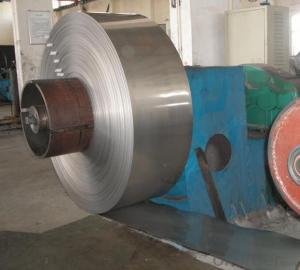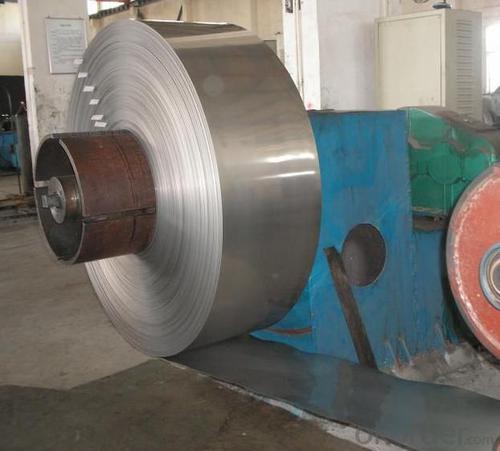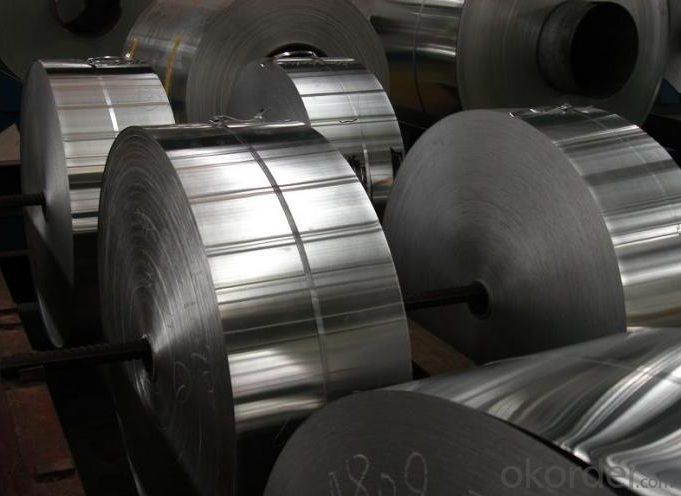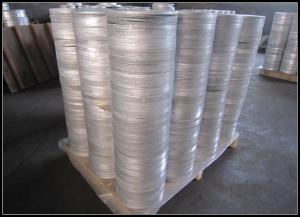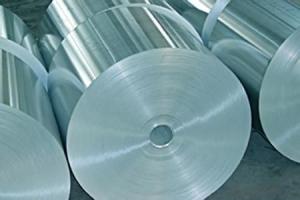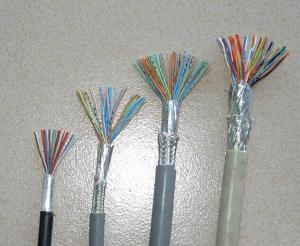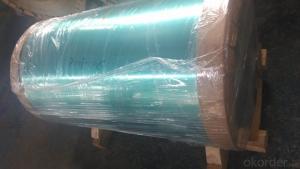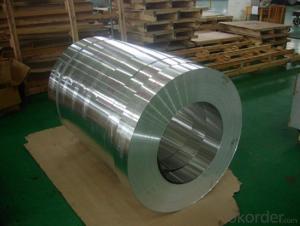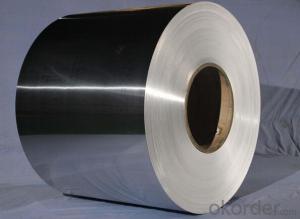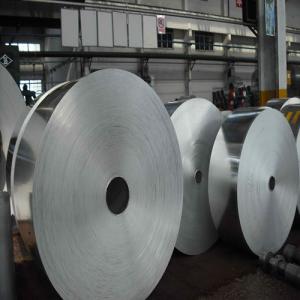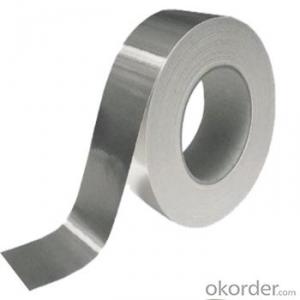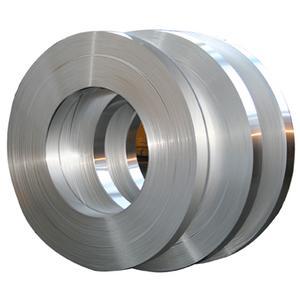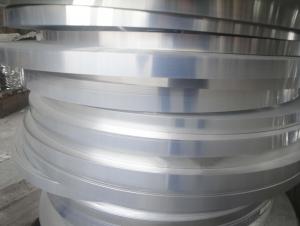Aluminum Foil Strips for Decoration and Construction
- Loading Port:
- Shanghai
- Payment Terms:
- TT OR LC
- Min Order Qty:
- 2.5
- Supply Capability:
- 5000 m.t./month
OKorder Service Pledge
OKorder Financial Service
You Might Also Like
Specification
Aluminium Strips for Decoration and Construction
l Product Description
Description | 1060 aluminum strips |
Alloy | 1050; 1060; 1070; 1100; 1200; 1235; 3003; 3105; 3A21; 5052; 5754; 5083; 5A02; 5A03; 5A05; 8011 |
Temper | O; H12; H14; H16; H18; H22; H24; H26 |
Thickness (MM) | 0.1~6.0 |
Width (MM) | 20~2300 |
Inner Dia (MM) | 75; 150; 200; 300; 400; 505 |
Application | Construction, Decoration, Automobile, Electronics, Machinery, Boat Construction, Aeronautics&Astronautics, Cookware, Packing Etc. |
Chemical Composition GB/T 3190-1996
Aluminum Alloy | Si | Fe | Cu | Mn | Mg | Zn | Ti | Other Composition | Others | Al | |
Per | All | ||||||||||
1060 | 0.25 | 0.35 | 0.05 | 0.03 | 0.03 | 0.05 | 0.03 | V0.05 | 0.03 | - | 99.60 |
l Packaging & Delivery
Packaging detail: Standard seaworthy exporting carton, wooden pallets, waterproof paper and plastic coverage or as customer's requirements
Delivery detail: about 25 days from received original L/C or advance payment

l Company Profile
CNBM International Corporation, China National Building Materials (Group) Corporation, is one of the largest companies in China building material & equipment industry, with 42,800 employees and sales in 2005 of US Dollar 4.395 billion. In 2006, China National Building Material Company Limited was listed on Hong Kong Stock Market with the stock code as 3323. |

l CNBM World Wide
l Product Images
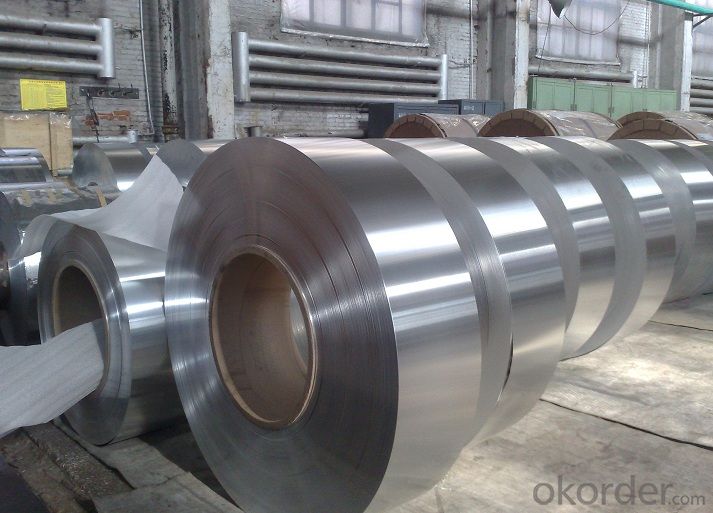
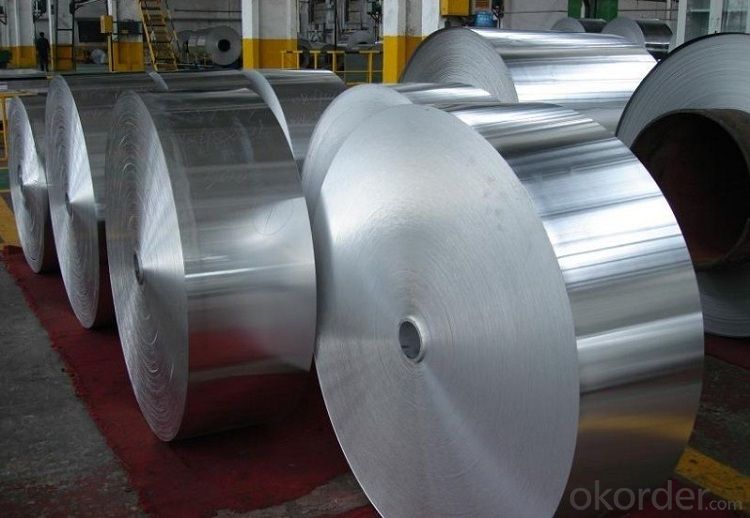
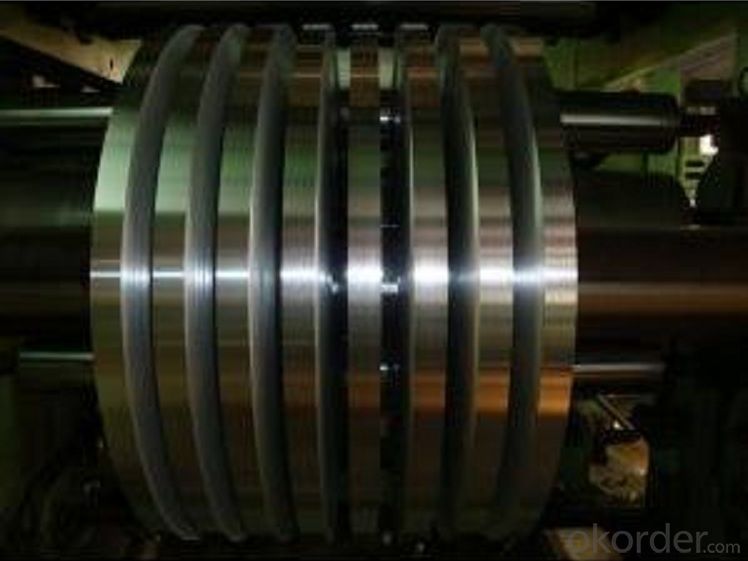
l Certificates

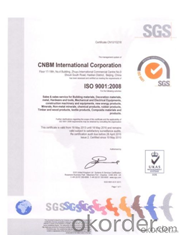
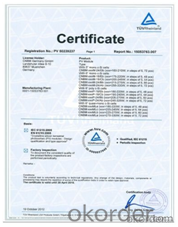
l FAQ
Q: Do you provide free samples?
A: Yes, free samples will be sent to you on freight at destination.
Q: Can I get your latest products catalogue?
A: Yes, it will be sent to you in no time.
Q: What is the MOQ?
A: 2.5 tons
Q: What are your payment terms?
A: We accept L/C, T/T
- Q: This question asks for a comparison of the pros and cons associated with the use of aluminum strips in roofing systems.
- <p>Aluminum strips in roofing offer several advantages such as durability, resistance to corrosion and rust, lightweight nature, and low maintenance requirements. They are also energy-efficient, reflecting heat and reducing cooling costs. Additionally, aluminum strips can be easily recycled, contributing to environmental sustainability. However, there are downsides, including higher initial costs compared to other roofing materials and potential for denting if not properly installed or maintained. Aluminum can also be noisy during rain, and may require more frequent replacement due to its lighter gauge compared to some other materials.</p>
- Q: Is it possible to utilize aluminum strips in a construction project focused on sustainability and environmental responsibility?
- <p>Yes, you can use aluminum strips for a green building project. Aluminum is a versatile and sustainable material due to its recyclability and low energy consumption in production. It also has a high strength-to-weight ratio, which can contribute to the energy efficiency of a building. However, it's important to consider the source of the aluminum and ensure it is produced with minimal environmental impact. Using recycled aluminum can further enhance the green credentials of your project.</p>
- Q: This question asks about the criteria to assess whether a roof can bear the weight of an aluminum strip roof.
- <p>To determine if your roof can support an aluminum strip roof, you should consider the following: First, assess the structural integrity of your existing roof, including the strength of the rafters and the overall condition of the roof structure. Second, calculate the weight of the aluminum strip roof and compare it to the load-bearing capacity of your roof. Third, consult with a structural engineer or roofing professional who can provide a professional assessment. Lastly, ensure that your roof has adequate ventilation and drainage to prevent damage from moisture buildup, which can be exacerbated by the addition of an aluminum strip roof.</p>
- Q: What are the various classifications of aluminum strip based on their properties and applications?
- <p>Aluminum strips are classified into different grades based on their alloy composition, mechanical properties, and applications. Common grades include 1000 series (99% pure aluminum), 3000 series (aluminum-manganese alloys), 5000 series (aluminum-magnesium alloys), and 6000 series (aluminum-magnesium-silicium alloys). Each grade has specific characteristics, such as corrosion resistance, formability, and strength, making them suitable for various industries like construction, automotive, and packaging.</p>
- Q: What types of aluminum alloys are known for their higher resistance to corrosion compared to other aluminum types?
- <p>Yes, certain types of aluminum alloys exhibit greater resistance to corrosion. These include 3003, 5052, and 5083 aluminum alloys, which contain magnesium and manganese, enhancing their corrosion resistance. Additionally, 6061 aluminum, which contains magnesium and silicon, is known for its good resistance to atmospheric corrosion. These alloys are often used in marine environments and other corrosive conditions due to their superior corrosion resistance.</p>
- Q: This question asks if there are any potential health hazards linked to the use of aluminum strips.
- <p>There are some concerns regarding the use of aluminum strips, particularly in the context of cooking utensils and food packaging. Prolonged exposure to aluminum has been linked to potential health risks, including Alzheimer's disease, although the evidence is inconclusive. Aluminum can leach into food, especially in acidic environments, which may lead to increased aluminum intake. However, the FDA and other health authorities have not issued warnings about the use of aluminum cookware or food packaging, as the levels of aluminum typically ingested are considered safe. It's important to note that more research is needed to fully understand the potential health implications of aluminum exposure.</p>
- Q: This question asks for a method to measure the width of aluminum strips.
- <p>To measure the width of aluminum strips, you can use a digital caliper or a micrometer, which are precise measuring tools. Place the strip between the jaws of the caliper and ensure it is aligned with the jaws' edges. Take the measurement at the widest point of the strip. If a caliper isn't available, you can use a ruler or tape measure, but this may be less accurate. For consistent measurements, measure the strip at multiple points to account for any variations in width.</p>
- Q: This question asks for a step-by-step guide on how to attach aluminum strips to a roof or wall.
- <p>To install aluminum strips on a roof or wall, follow these steps: 1. Measure and mark the area where the strips will be installed. 2. Clean the surface thoroughly to ensure proper adhesion. 3. Cut the aluminum strips to the required length using a hacksaw or tin snips. 4. Apply a bead of construction adhesive along the top edge of the strip. 5. Press the strip firmly into place, starting from one end and working your way along the surface. 6. Use a level to ensure the strip is straight and secure it with nails or screws at regular intervals. 7. Fill any gaps between the strips and the surface with caulk to create a watertight seal. 8. Finish with a coat of paint or sealant to match the surrounding area and protect the aluminum from weathering. Always follow the manufacturer's instructions for the specific adhesive and sealant products you are using.</p>
- Q: What are the elements or materials that make up aluminum strips?
- <p>Aluminum strips are primarily composed of aluminum, which is a lightweight and malleable metal with the chemical symbol Al and atomic number 13. They may also contain trace amounts of other elements such as copper, magnesium, manganese, silicon, and zinc, depending on the specific alloy. These additional elements are often added to enhance properties such as strength, corrosion resistance, or workability. Pure aluminum is soft and not commonly used for strips; instead, aluminum alloys are preferred for their improved characteristics.</p>
- Q: Describe the steps involved in the manufacturing process of aluminum strips.
- <p>The process for manufacturing aluminum strips involves several key steps. Initially, aluminum ingots are melted in a furnace, often using a direct current furnace for better control over the melting process. The molten aluminum is then poured into molds to create a cast billet. This billet is then heated and passed through a series of rolling mills to reduce its thickness and achieve the desired strip dimensions. During rolling, the aluminum is continuously cooled to control its temperature and maintain its mechanical properties. After rolling, the aluminum strip may undergo additional processes such as annealing to improve ductility or coating to provide a protective layer. Finally, the strip is cut to length, inspected for quality, and packaged for distribution.</p>
Send your message to us
Aluminum Foil Strips for Decoration and Construction
- Loading Port:
- Shanghai
- Payment Terms:
- TT OR LC
- Min Order Qty:
- 2.5
- Supply Capability:
- 5000 m.t./month
OKorder Service Pledge
OKorder Financial Service
Similar products
Hot products
Hot Searches
Related keywords
